The 10 Coolest Tablets Of 2012 (So Far)
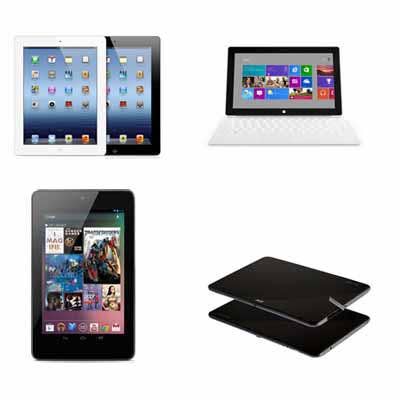
Tablets, Tablets Everywhere
No matter where you are these days -- on a plane, in a classroom, in a cubicle -- it’s almost impossible not to spot a tablet. Smaller, lighter and simply more convenient, tablets are projected to account for more annual PC shipments than traditional notebooks over the next four years.
As adoption soars, companies are finding themselves in a constant, toe-to-toe race to come out with the most chic and innovative devices. From tech giants including Microsoft, Apple and Samsung, here’s a look at 10 of the coolest tablets unveiled so far in 2012.
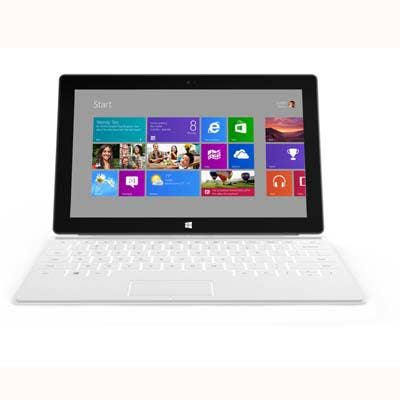
Microsoft Surface
Microsoft threw the tech world a curve ball in June with the introduction of its own tablet PC, called Surface, slated to launch later this year.
Surface boasts a detachable keyboard that doubles as a protective cover for the device, along with a built-in kickstand. When used together, these features combine to make Surface look like a mini, ultraportable laptop.
Surface will come in two flavors: an ARM-based version running Windows RT and an x86-based version running Windows 8. Pricing and details have not yet been disclosed, but Microsoft's flagship tablet PC already has been the topic of many a tech conversation.
For starters, it could eat into the profit of some of Microsoft’s largest OEM partners -- specifically those gearing up to launch their own Windows 8 tablets later this year. It’s also unclear whether Surface will ever sell through the channel.
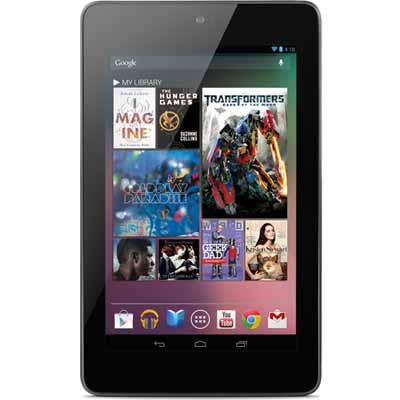
Google Nexus 7
Microsoft wasn’t the only software company to try its hand at a tablet this year.
About one week after the debut of Surface, Google unveiled its own homegrown tablet PC, the Nexus 7. The 7-inch tablet was co-manufactured by Taiwanese PC maker Asus and, with an emphasis on multimedia consumption and extreme portability, is poised to become one of the biggest rivals to Amazon’s Kindle Fire.
The Nexus 7 is also the first tablet out of the gate to run Google's next-generation Android 4.1 Jelly Bean OS, which it says delivers a faster, smoother end-user experience, along with new features including speech-to-text and gesture control. The new tablet starts shipping in mid-July, starting at $199, the same price as the Kindle Fire.
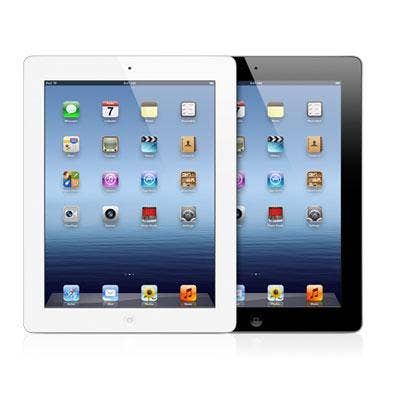
The New iPad
Apple launched its third-generation iPad this March, equipped with support for the latest 4G LTE networks and a new Retina display that boasts a staggering 2,048 x 1,536 pixel count.
And, like most gadgets bearing the Apple emblem, the tablet was an instant success. Despite giving it a hefty price tag, ranging from $499 to $699 depending on storage capacity, Apple sold 3 million new iPads in just three days. Last year, Apple's iPad held 58.2 percent of the worldwide market share, according to analysts at research firm IDC. With the arrival of the new iPad, that number is projected to grow to 62.5 percent.
In addition to the Retina display and 4G compatibility, Apple's latest tablet touts a 5-megapixel camera with 1,080 video recording, along with a 10-hour battery life.
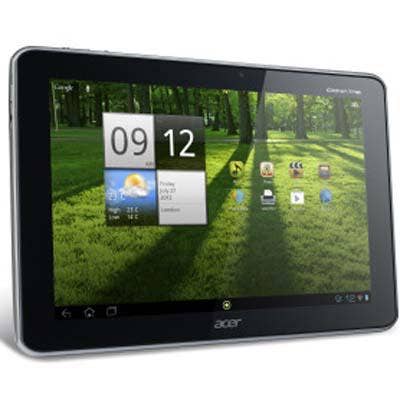
Acer Iconia Tab
Acer in June launched the Iconia Tab A700, a tablet with a screen resolution that rivals that of the new iPad and is a more viable alternative for cost-conscious buyers.
The 10.1-inch A700 has a 1,920 x 1,200 resolution that technically falls short compared to the new iPad's 2,048 x 1,536 display, but beats out most other tablet PCs on the market, including the Samsung Galaxy Tab, the iPad 2, and the Asus Transformer Prime, which have 1,280 x 800 pixel counts.
The A700 also comes with Dolby Mobile 3 surround sound and an HDMI port that allows users to stream content to other, larger displays when a 10.1-inch screen isn't enough. Acer said the new tablet is available for presale now, starting at $449.99, which is $50 less than the lowest-end new 16-GB iPad.
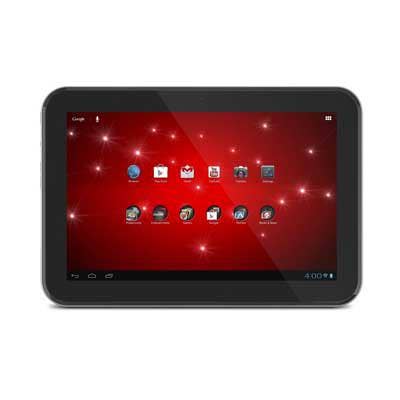
Toshiba 'Giant' Excite Tablet
Toshiba veered from the usual 10- and 7-inch tablet form factor this April with the launch of its "giant" 13.3-inch Excite.
Apart from being considered the biggest tablet PC on the market today, Toshiba's new Excite runs a quad-core Nvidia Tegra 3 mobile processor and Android 4.0 Ice Cream Sandwich (an upgrade to the new Jelly Bean OS will most likely become available later this year). It also has a 5-megapixel camera, HD video capabilities, and a four-speaker sound system to complement its large, scratch-resistant display.
The extra screen real estate does make the 13.3-inch Excite a bit more bulky than competing tablets. It measures 0.4 of an inch thick and weighs in at slightly more than 2 pounds. The 10-inch new iPad, by comparison, is 0.37 of an inch thick and weighs 1.44 pounds.
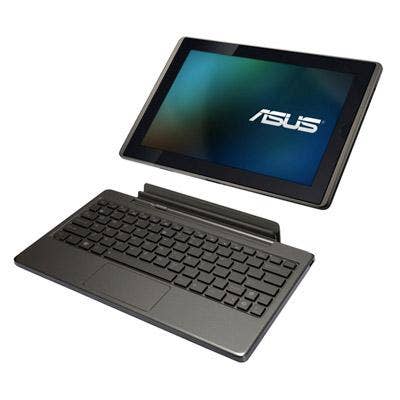
Asus Transformer Book
Why be forced to choose between a tablet and a laptop when it's possible to have both devices in one? Well, according to Asus, you don't have to.
At this year's Computex Taipei event in Taiwan, the PC giant unveiled its half-tablet, half-notebook Transformer Book device, designed to give users the best of both computing worlds. Scheduled to launch later this year, Asus' new hybrid PC will run Microsoft's Windows 8 OS, along with Intel's latest Ivy Bridge processors. A front- and rear-facing camera will be included, as will 4 GB of DDR3 dual-channel RAM.
Asus will launch an 11.6-inch, 13-inch and 14-inch model, all of which come with a detachable keyboard.
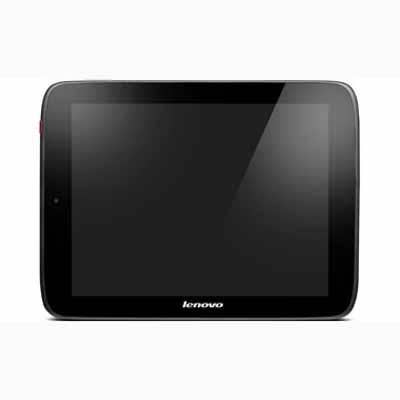
Lenovo IdeaTab S2109
Lenovo in May delivered a consumer-focused tablet called the IdeaTab S2109, a device the Chinese PC maker said infuses a "healthy dose of swagger" to the rest of its tablet lineup.
Measuring 9.7 inches and weighing in at 1.27 pounds, the IdeaTab S2109 is about the same size but lighter than both the new iPad and the iPad 2. It was designed to be a media consumption powerhouse, with specs including an extra-bright IPS display, 720-pixel HD playback and quad speakers with dual bass. It runs Google Android 4.0 Ice Cream Sandwich as an OS.
"It's as nimble and convenient as toting a magazine, but it offers much more than the contents of one," said Yao Li, director of Innovation Product Operations at Lenovo, in a statement.
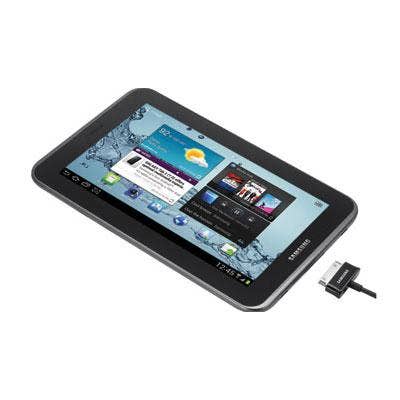
Samsung Galaxy Tab 2
Samsung introduced in February its first-ever tablet PC to run Google's Android 4.0 Ice Cream Sandwich OS, the Galaxy Tab 2.
Like its predecessor, the first-generation Galaxy Tab, the Galaxy Tab 2 comes in a 10.1-inch or 7-inch model, both of which run a 1GHz dual-core processor. The larger Galaxy Tab 2 10.1 is bulkier than its 7-inch counterpart, weighing in at 1.28 pounds, but also has a higher-resolution 1,280 x 800 display. The 7-inch model weighs in at 0.76 pounds, but has a lower 1,024 x 600 pixel count.
The Galaxy Tab 2 is teed up to become one of the largest rivals to the iPad this year, especially after a U.S. judge banned sales of the first-generation Galaxy Tab, ruling that it infringed on several design patents used for Apple's popular tablet.
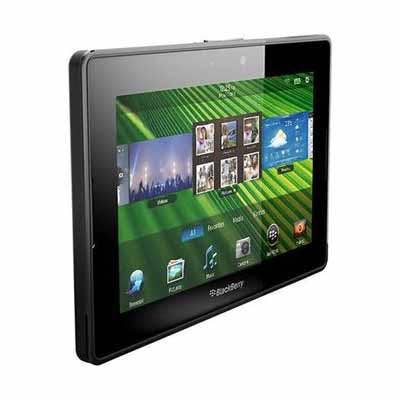
BlackBerry PlayBook (With Version 2.0 OS)
When Research In Motion first launched the BlackBerry PlayBook in March 2011, it was met with mixed reviews.
From a hardware standpoint, the 7-inch tablet seemed solid. But it lacked the robust app offerings boasted by rival devices, and was devoid of native email, contacts or calendar functionality. Users would have to manually transfer these components to the PlayBook from their BlackBerry smartphones – assuming, that is, that they had one. In February 2012, however, RIM rolled out a new generation of PlayBooks based on a revamped OS, PlayBook 2.0. Not only did it arm the company's flagship tablets with the native email capabilities users were begging for, but also grew its app count with a built-in Android app player users could leverage to run apps from Google Play.
While this software makeover may not have been enough to make the PlayBook a serious contender in the tablet market (the 16-GB version was discontinued in June), users still viewed it as a big step up.
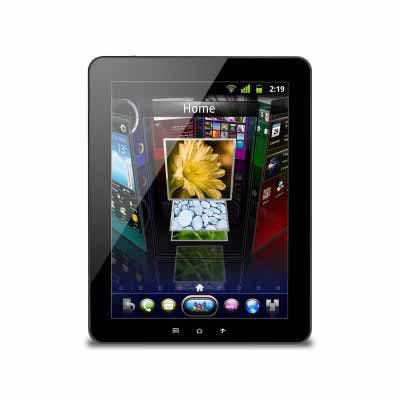
ViewSonic ViewPad E100
ViewSonic in June unveiled its ViewPad E100, a tablet that marries the company's display expertise with Android 4.0 Ice Cream Sandwich to deliver what it called a "stunning" and "seamless" user experience.
The 9.7-inch tablet takes advantage of ViewSonic's SuperClear IPS screen technology, meaning it has an ultracrisp display that offers extra-wide viewing angles ideal for multimedia. It comes with a 1.3-megapixel camera, 1 GB of RAM, and a mini HDMI output.
But perhaps the best part of the ViewPad E100 is its price tag; with essentially the same amount of screen real estate as the new iPad, it sells for at least $200 less.